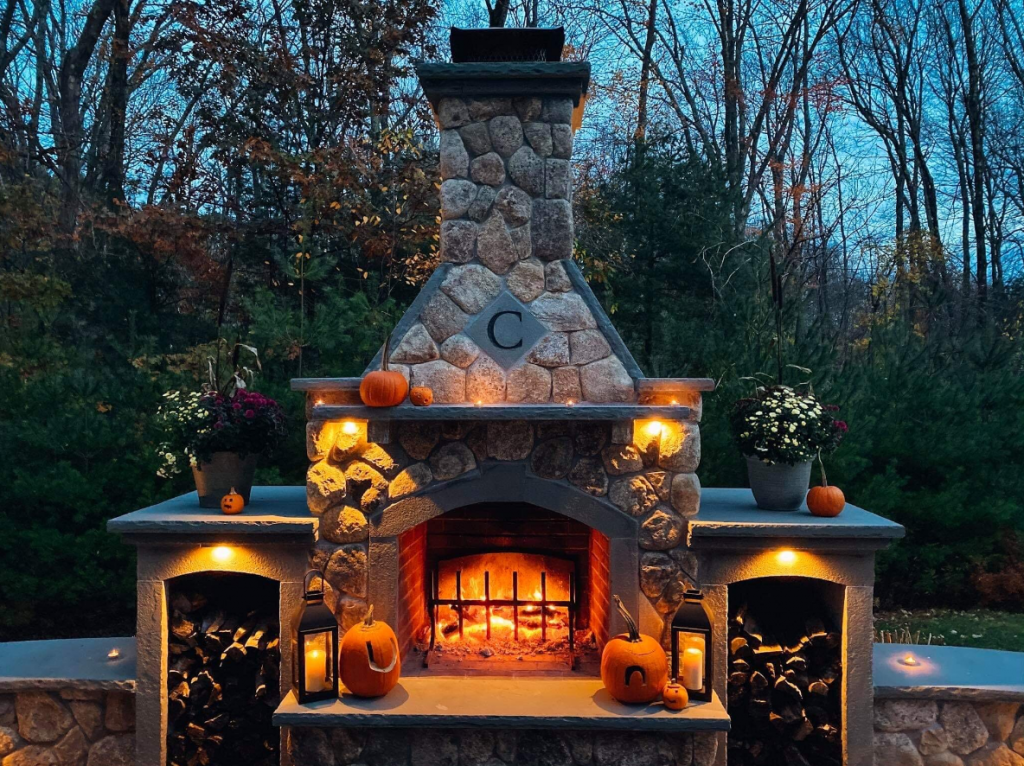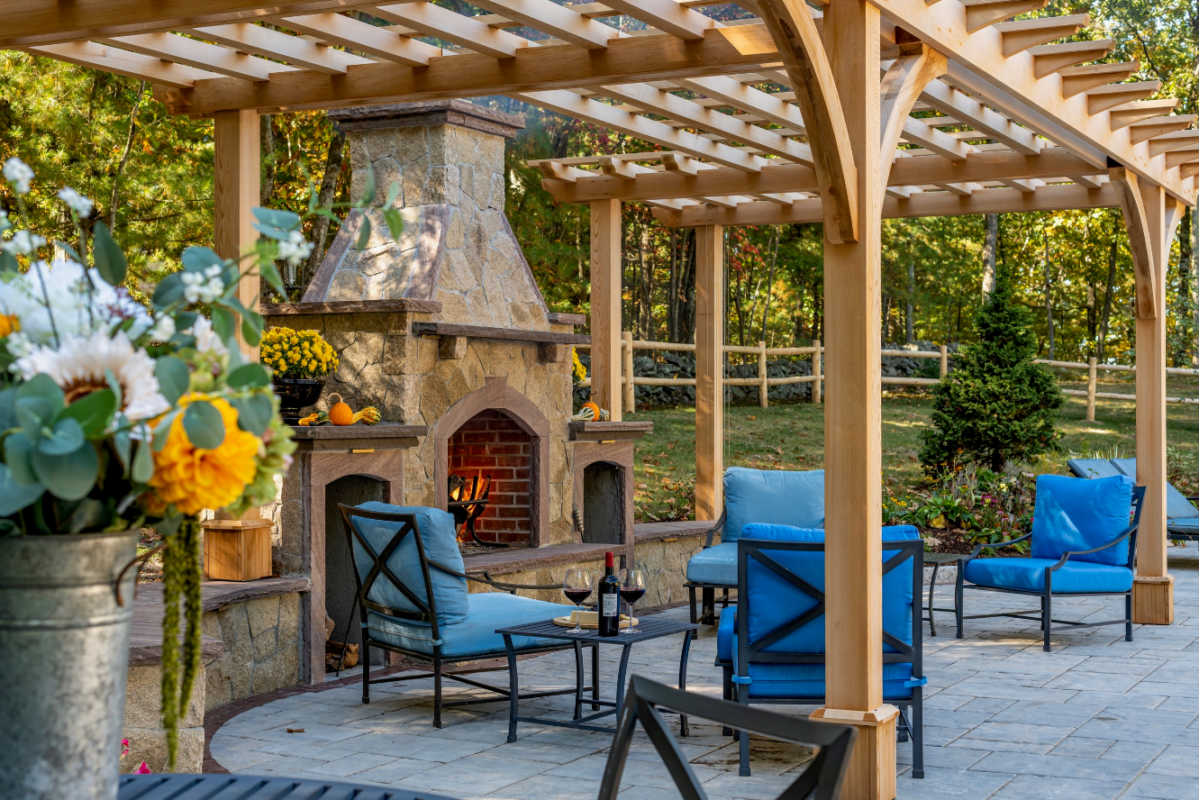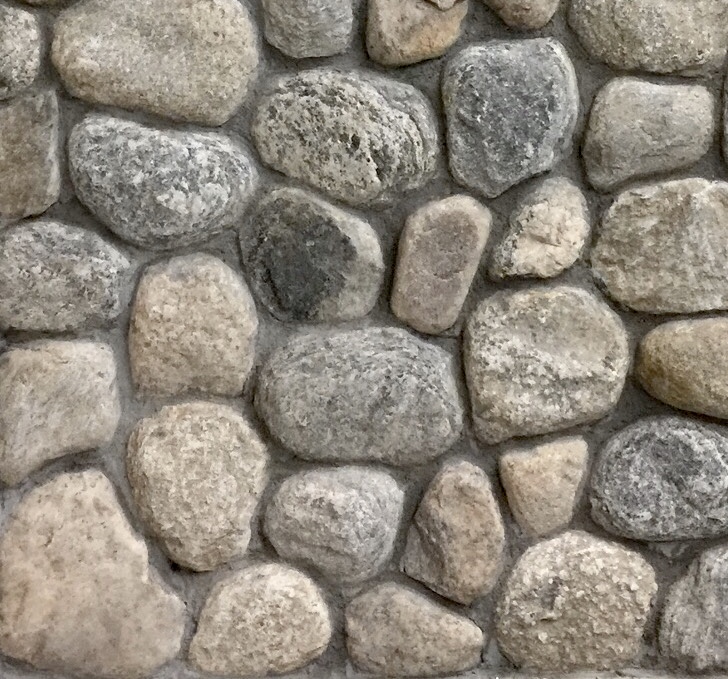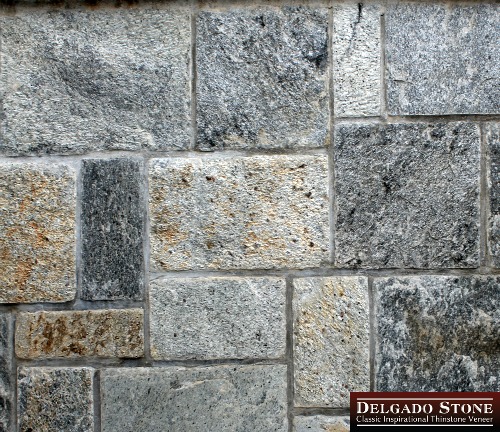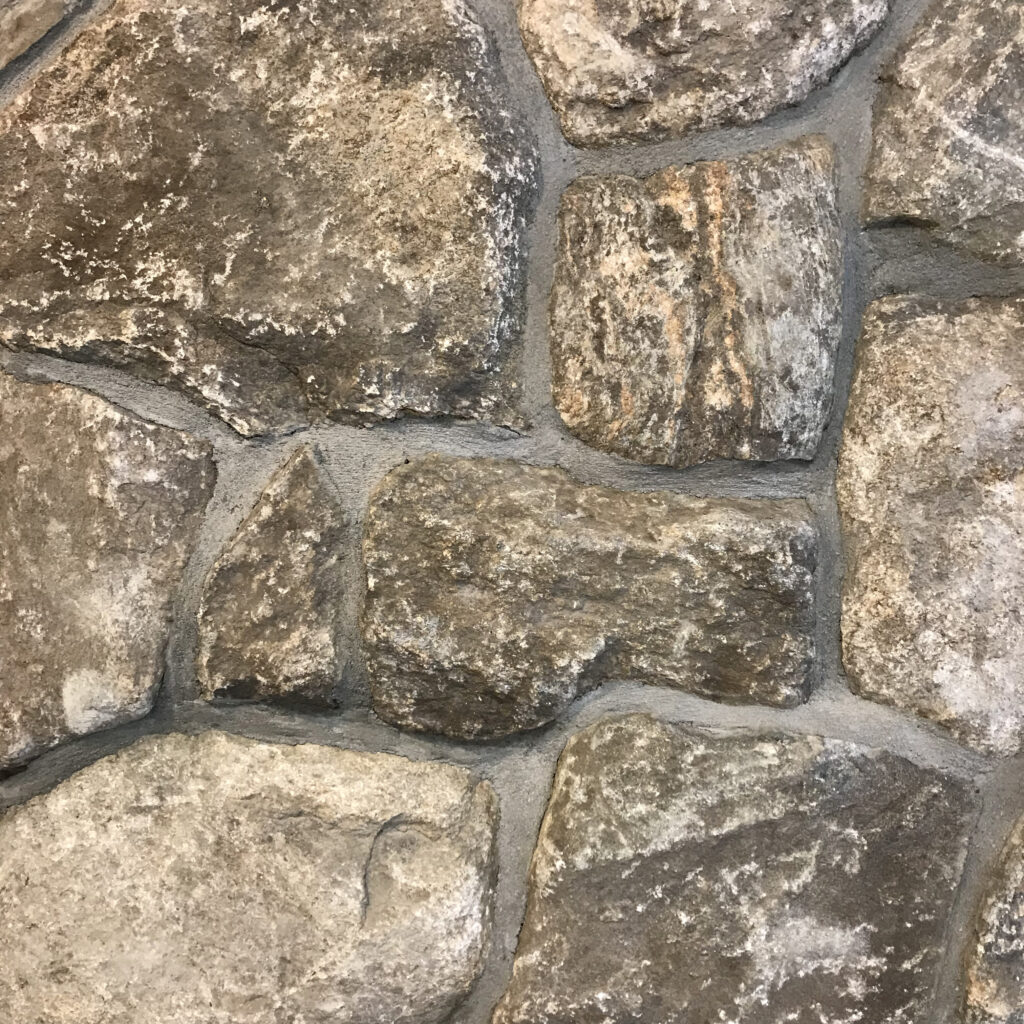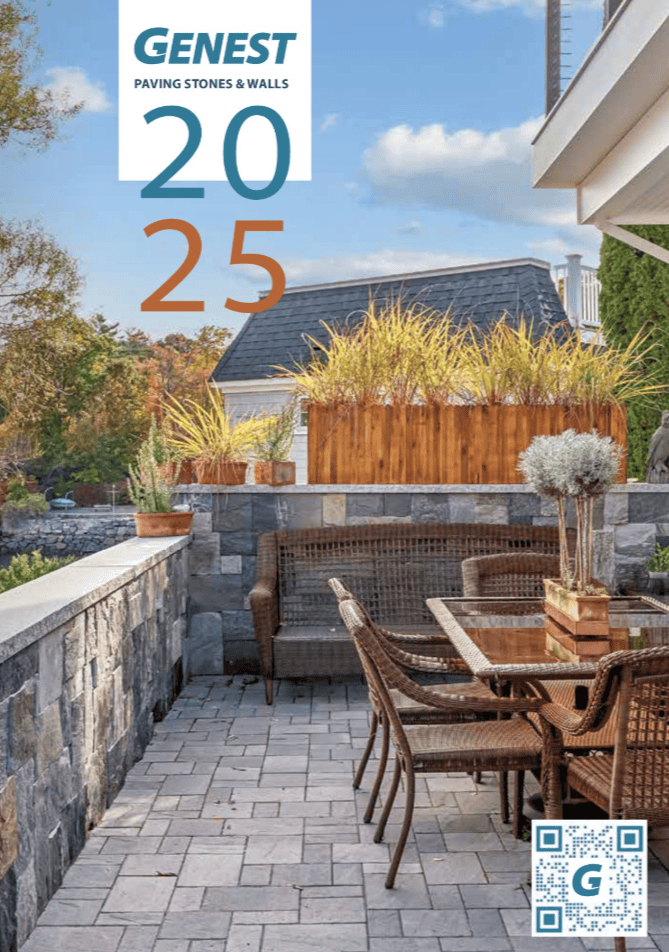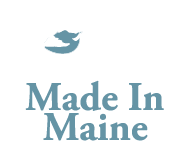Ever since the pandemic brought more attention to our living spaces, homeowners have increased investments in their residences, including their patios, decks, landscaping and more. A 2021 survey by HomeLight found outdoor living space was the third highest priority for homebuyers. And earlier in the summer of 2024, a poll by Thumbtack showed 29% of homeowners planned to spend up to $5k improving their outdoor spaces this season.
As professionals in the landscaping and masonry industry, this means opportunities to gain new customers and help them achieve their goals of creating an outdoor oasis. You might be focusing on the modern aesthetic of large format pavers, choosing products to meet clients’ sustainability goals, or looking to other 2024 trends in patio upgrades.
To extend the use of an outdoor space and appeal to the desire to host family and friends, building an outdoor fireplace is an increasingly popular option. Searches for the term “outdoor fireplace” have increased by 22% between summer of 2023 and summer of 2024. And for good reason! These patio design elements are functional and attractive, giving any space a high-end look. With an outdoor wood burning fireplace, homeowners can enjoy time on their patio late into the evenings or even deeper into the shoulder seasons. They make a great focal point for seating, add ambient light, and can even help keep bugs at bay.
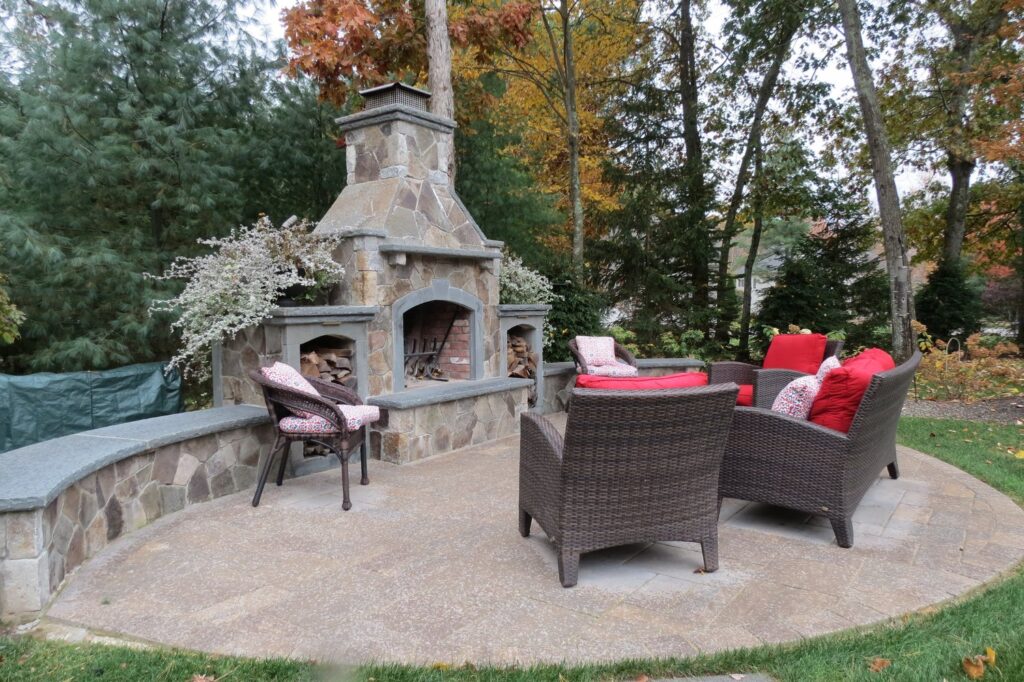
So, let’s talk about how your contracting business can offer outdoor fireplaces to new and existing customers while keeping projects cost and time-efficient.
What Is a Precast Outdoor Fireplace?
Building an outdoor fireplace from scratch can be time-consuming and can leave room for error in the structural integrity if you’re not an experienced mason. Instead, we recommend using a precast, or prefab outdoor fireplace, like those made by StoneFire Core. These outdoor fireplace kits are designed for ease and speed of installation.
Unlike some precast outdoor fireplaces, StoneFire Core units come in just a few pieces, reducing assembly time and ensuring the product is consistent. They are made with premium, fire-resistant materials and only require refractory cement to adhere the pieces. Plus, each unit has convenient forklift pockets that make maneuvering the pieces easy and reduce the risk of damaging the product. StoneFire Core offers multiple sizes and style options with optional add-ons like trim kits, wood boxes, bars, and seating that can help you customize the hardscaping design to fit your customer’s space.
By choosing a prefab outdoor fireplace, you can not only impress customers by lighting the first fire the same day the unit is assembled, but you can also commit to more projects per season by increasing your time efficiency.
5 Steps to Building an Outdoor Fireplace
These outdoor fireplace kits can be installed and ready to use in just 4 simple steps. Of course, before making patio upgrades, start by thoroughly discussing your client’s needs and evaluating the space. You can meet with your clients at an authorized StoneFire Core dealer like one of three Genest retail locations to see sample products in person, pick from veneer options, and chat with a hardscaping supply expert about ordering and assembly. Once your chosen unit has been ordered and is on its way to the job site, you’re ready to start building an outdoor fireplace.
Step 1: Pour a Footing
Footings create a solid foundation on which your precast outdoor fireplace will be situated and are important for ensuring the longevity of the unit. Follow the assembly diagrams for your specific unit to excavate the area where the fireplace will go and pour the concrete footing according to the manufacturer’s recommendations. To hide the forklift pockets on the underside of your precast outdoor fireplace, the top of your footing should be at a depth of 6” below the patio grade.
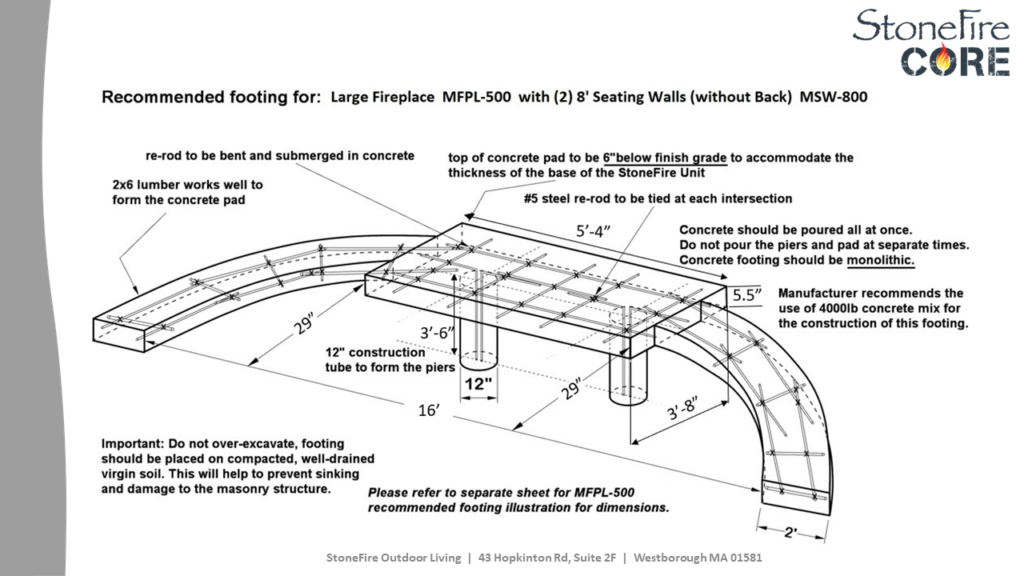
Step 2: Place Prefab Outdoor Fireplace Units
Once your footing is cured and your units have arrived, it’s time to position them. The forklift pockets make it easy to lift the units at the correct angle and place them evenly. You will need at least two crew members—one driving the forklift and one on the ground—to direct the placement of the units. The cap and base unit are designed to fit together like puzzle pieces. Use refractory cement to adhere the cap to the base. Close the fork pockets in the cap with four firebricks and additional refractory cement but leave the air space between the firebrick and mold at top of firebox to ensure proper cooling.
The same process can be followed for any additional units such as wood boxes and walls.
Step 3: Add Stone Veneer
It’s time to add some personal style to your outdoor fireplace kit. If you are not a skilled mason or would like to save time cutting and shaping stone trim pieces, StoneFire Core offers trim kits that are easy and quick to install with lettered pieces and a labeled diagram. The faces of the prefab outdoor fireplace can be finished with your customer’s choice of veneer, available at Genest in a broad variety of cuts and colors. Cut and apply the veneer stone on-site.
To save additional time and labor, you can also choose to have your StoneFire Core outdoor wood burning fireplace veneered off-site, ahead of delivery. This means projects don’t need to be stalled by inclement weather and can even be jumpstarted in the winter for early spring installations. Just chat with your Genest representative about this option when ordering.
Step 3: Your First Outdoor Fire
No curing time required! You can light the first fire once the unit is in place. The first 4 to 5 fires in your outdoor wood burning fireplace should be small and kept low. Use paper, kindling, fatwood, or similar fire-starting products to easily light your first fire. Clients will be impressed by how quickly they can begin using their new fireplace and enjoy how the reflective protection plate reflects more warmth toward you while the vents on the firebox floor increase airflow for a more efficient fire.
